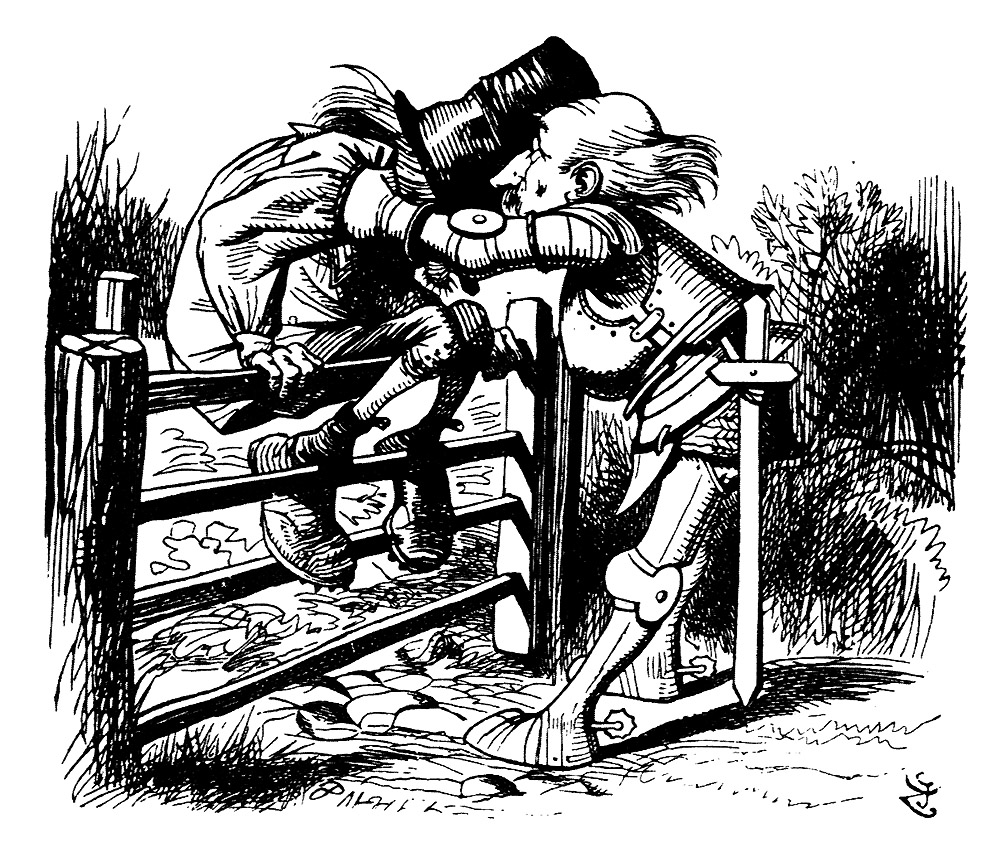I think that we need to recognize that the vocabulary around numbers and numerals is a product of history and so is sometimes confusing.
To prevent confusion, I think what we should say when we NEED to be exact is:
A numeral system is a set of symbols, called digits, and rules for combining digits to represent numbers exactly and concisely. There are several numeral systems in use. If the type of numeral system is not specified explicitly or implicitly by context, what is intended is the decimal numeral system, which is the most commonly used such system. The decimal digits are 0, 1, 2, 3, 4, 5, 6, 7, 8, and 9.
A numeral is a single digit or an ordered sequence of digits that represents a unique number in a numeral system. If the type of numeral system is not specified explicitly or implicitly by context, what is intended is the decimal numeral system.
I do not claim those as descriptive definitions in normal speech but suggest them as presecriptive definitions for technical speech.
Thus digits and numerals are technically symbols rather than numbers, and a digit may be used as a numeral or as a component of a numeral.
But in normal speech, there is usually no need to be very careful. There will seldom be confusion if we write "17 is the number named 'seventeen'" even though what is technically correct is to say "17 is a concantenation of digits that, in the decimal numeral system, form the numeral representing the number named 'seventeen'." Nor do I think there is likely to be confusion if we say in most contexts "one-digit number" instead of saying "non-negative integer less than ten."


